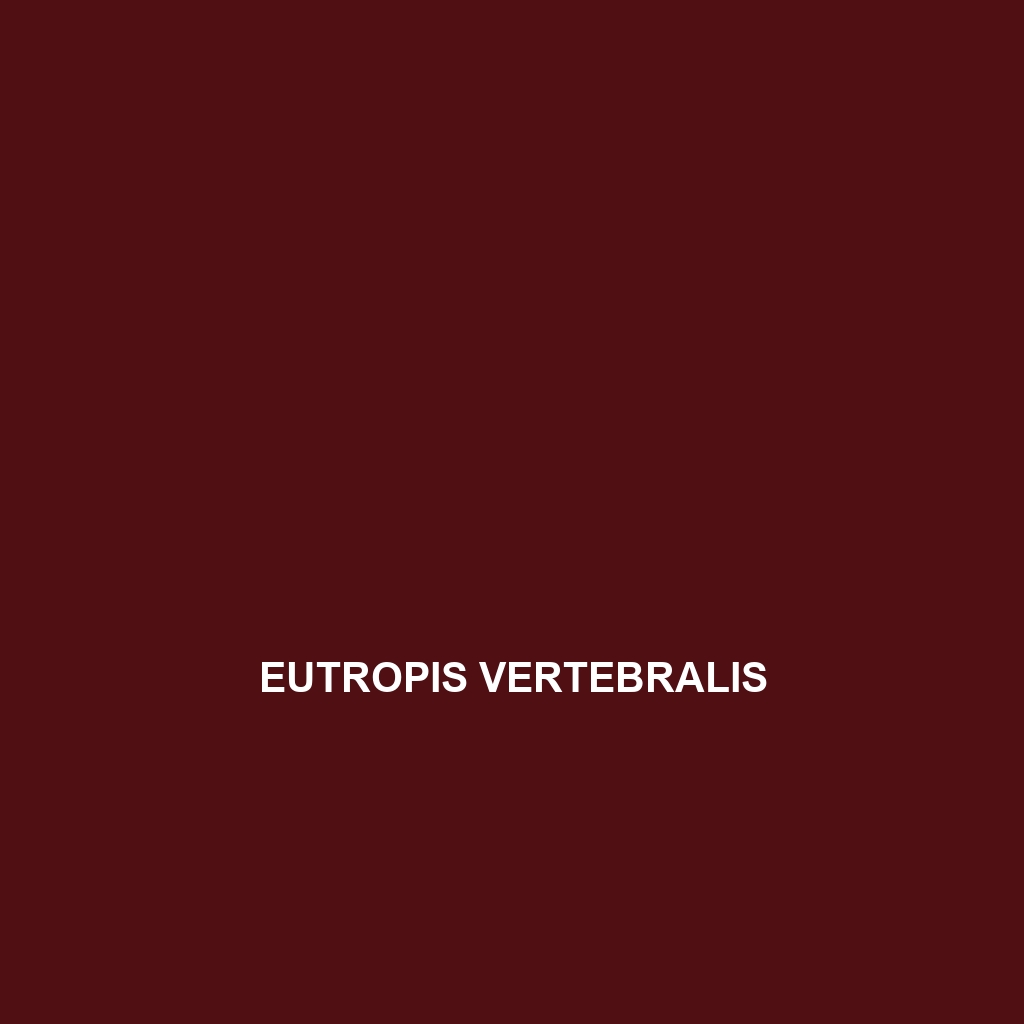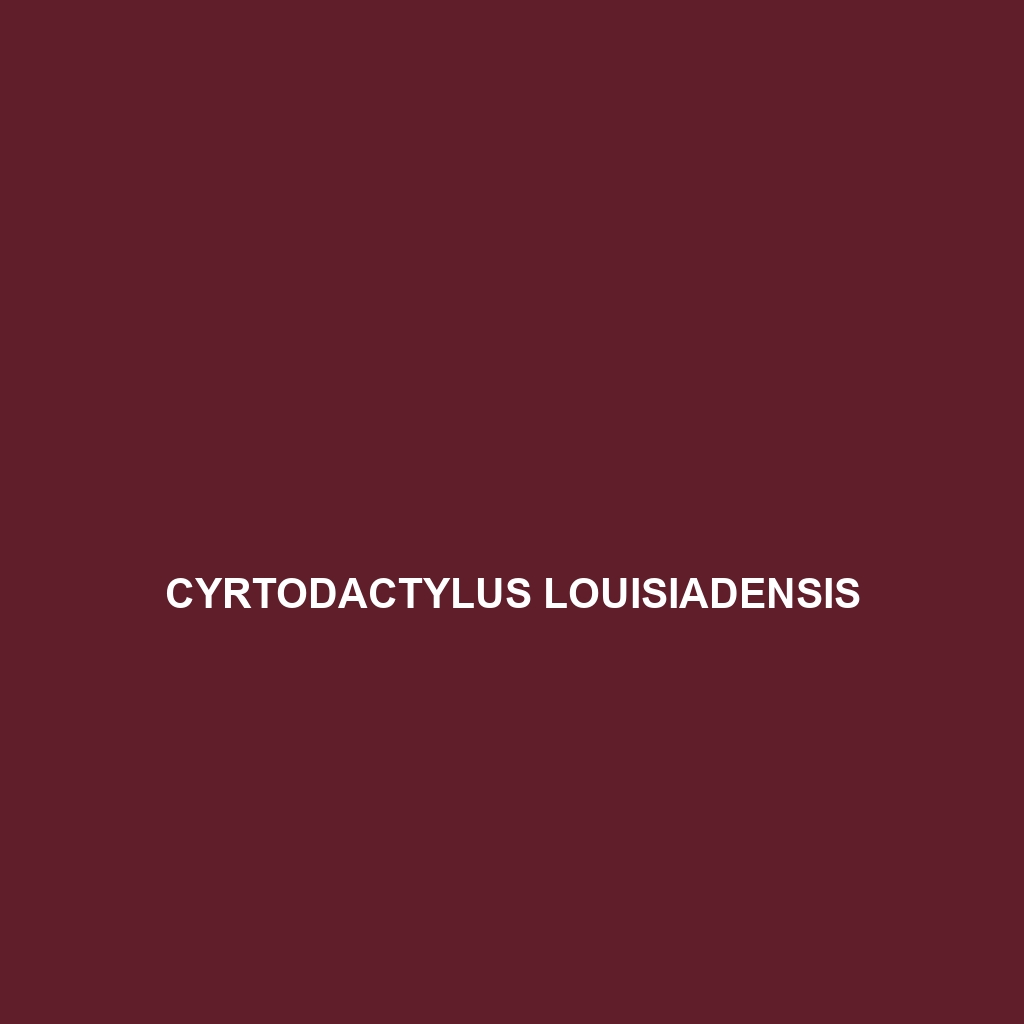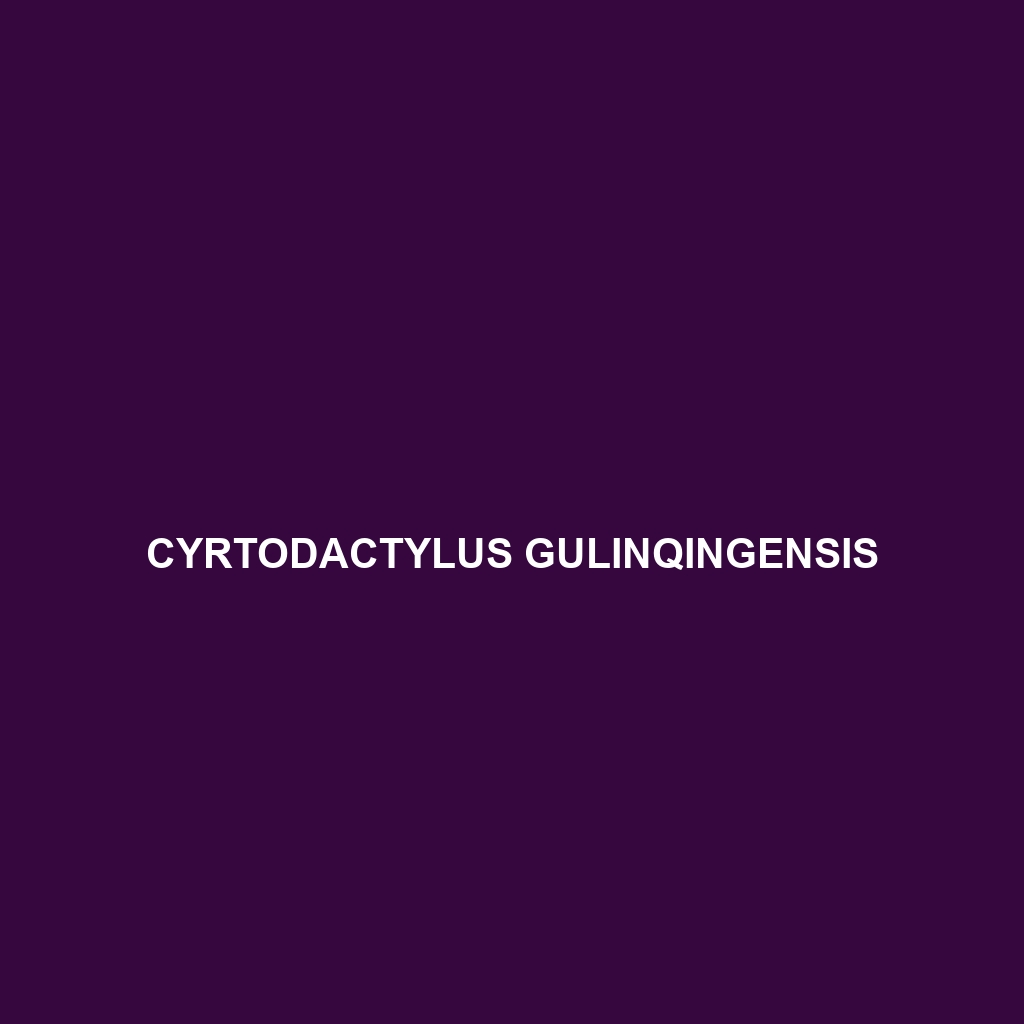Discover the Papua skink (Sphenomorphus papuae), a vibrant reptile native to the rainforests and savannas of Papua New Guinea, known for its striking olive green to brown coloration and rapid insectivorous behavior. With a slender body averaging 20-25 cm in length, this diurnal species plays a critical role in maintaining ecological balance by controlling insect populations and serving as prey for larger predators.
Tag: reptilian behavior
Pseudechis porphyriacus
<p><b>Pseudechis porphyriacus</b>, also known as the <i>red-bellied black snake</i>, is a striking Australian species characterized by its glossy black upper body and vibrant red underbelly. Primarily found in humid eastern coastal regions, this non-aggressive, diurnal snake plays a crucial role in its ecosystem as a predator of small mammals and amphibians.</p>
Pseudechis porphyriacus
<p><b>Pseudechis porphyriacus</b>, also known as the <i>red-bellied black snake</i>, is a striking Australian species characterized by its glossy black upper body and vibrant red underbelly. Primarily found in humid eastern coastal regions, this non-aggressive, diurnal snake plays a crucial role in its ecosystem as a predator of small mammals and amphibians.</p>
Phyllodactylus thompsoni
Discover the Thompson’s leaf-toed gecko (Phyllodactylus thompsoni), a small to medium-sized lizard native to the rainforests and scrublands of South America. With its distinctive flattened toes and expert climbing abilities, this nocturnal insectivore thrives in humid environments, playing a vital role in maintaining ecological balance.
Oligosoma pikitanga
Discover the Oligosoma pikitanga, or New Zealand skink, a vibrant, medium-sized lizard thriving in temperate forests and shrublands. Known for its unique coloration and ability to regenerate its tail, this species plays a crucial role in maintaining ecosystem balance while primarily feeding on insects and being vulnerable to habitat loss.
Oligosoma alani
Introducing the Oligosoma alani, a vulnerable New Zealand lizard known for its striking golden-brown coloration and nocturnal behavior. Measuring 12 to 15 cm, it thrives in temperate forests and rainforests, playing a vital role in preying on insects and contributing to ecological balance.
Eutropis vertebralis
Discover the Eutropis vertebralis, or common skink, a vibrant insectivore found in tropical habitats across Southeast Asia. With its distinctive streamlined body, smooth scales, and remarkable agility, this fascinating lizard plays a crucial role in maintaining ecological balance by controlling insect populations.
Cyrtodactylus urbanus
Cyrtodactylus urbanus, commonly known as the urban bent-toed gecko, measures 10-15 cm and thrives in Southeast Asia’s urban and semi-urban environments. This nocturnal predator, noted for its distinctive brown patterning and agility, plays a vital role in pest control while adapting well to human-altered landscapes.
Cyrtodactylus louisiadensis
Cyrtodactylus louisiadensis, or Louisiade bent-toed gecko, a vibrant reptile native to the tropical forests of Papua New Guinea's Louisiade Archipelago. Measuring 10 to 20 cm, this nocturnal gecko is recognized for its bent toes, agile climbing abilities, and distinctive twilight color changes, while playing a vital role in its ecosystem as both predator and prey.
Cyrtodactylus gulinqingensis
Cyrtodactylus gulinqingensis, a vibrant gecko native to the tropical forests of Southeast Asia, characterized by its robust body, striking coloration, and nocturnal behavior. This vulnerable species plays a key role in controlling insect populations and maintaining ecological balance, making it essential for its habitat's health.









